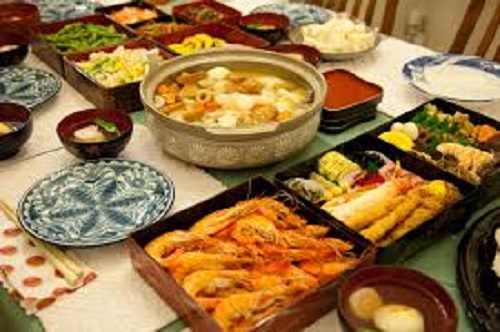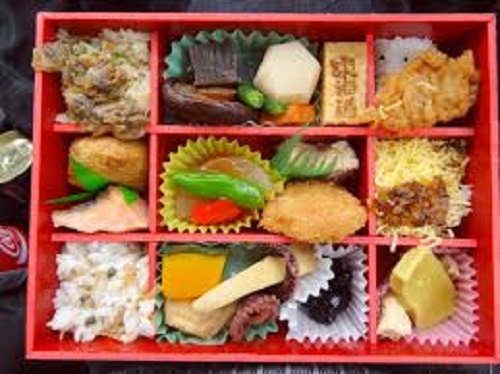



Clareto Monsorate Dubai
Demand for traditional Osechi cuisine is likely to soar in Japan with the approach of New Year. Retailers are expecting demand to expand by almost 10 per cent, considering the continuing clampdown due to the coronavirus pandemic.
Department stores and restaurants in Japan are designing traditional Osechi cuisine to meet the needs of customers, who are facing challenges because of the Covid-19 related restrictions.
For instance, many retailers plan to sell Osechi boxes with contents divided into small portions to reduce the risk of possible infections. And these small packets can be sent easily to relatives in distant places.
Traditionally, Osechi is eaten in large family groups as many relatives gather at homes to celebrate the New Year. But with the Covid-19 restrictions, large family gatherings are unlikely to take place, and consumers would prefer smaller packets.
Marketers are also offering western-inspired Osechi to give the clients an exposure to western cuisine.
But what exactly is the Osechi cuisine culture in Japan?
Traditionally, it is seen as an offering to deities in the New Year and something to be consumed to ensure family prosperity. Osechi has also been promoted for decades as ensuring good fortune and happiness for consumers. Known as Osechi-ryori, it is sold in five stackable boxes, filled with five, seven and nine different kinds of dishes.
The top tiers include Kazunoko (pickled herring roe), Kuromame (sweet simmered black beans), Tazukuri (candied dried sardines), Kohaku Kamaboko (fish paste cake), Datemaki (sweet, rolled omelette with fish paste) and Kuri Kinton (candied chestnuts mixed in sieved sweet potato).
The middle tier includes Ebi (prawns) and Renkon (lotus root), while the bottom tier features Shiitake (in the shape of the traditional shiitake mushroom cap), Nejiri Konnyaku-Konjac and Kobumaki (kelp roll with herring).
Importantly, the bottom of the box is empty and is used for receiving blessings of deities.
Some of the retailers are also offering western-inspired Osechi including sausages from different parts of the globe. Many are offering a wide range of 50 varieties of Osechis to consumers, many of who will be spending the New Year holidays at home because of the pandemic.